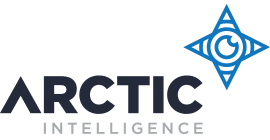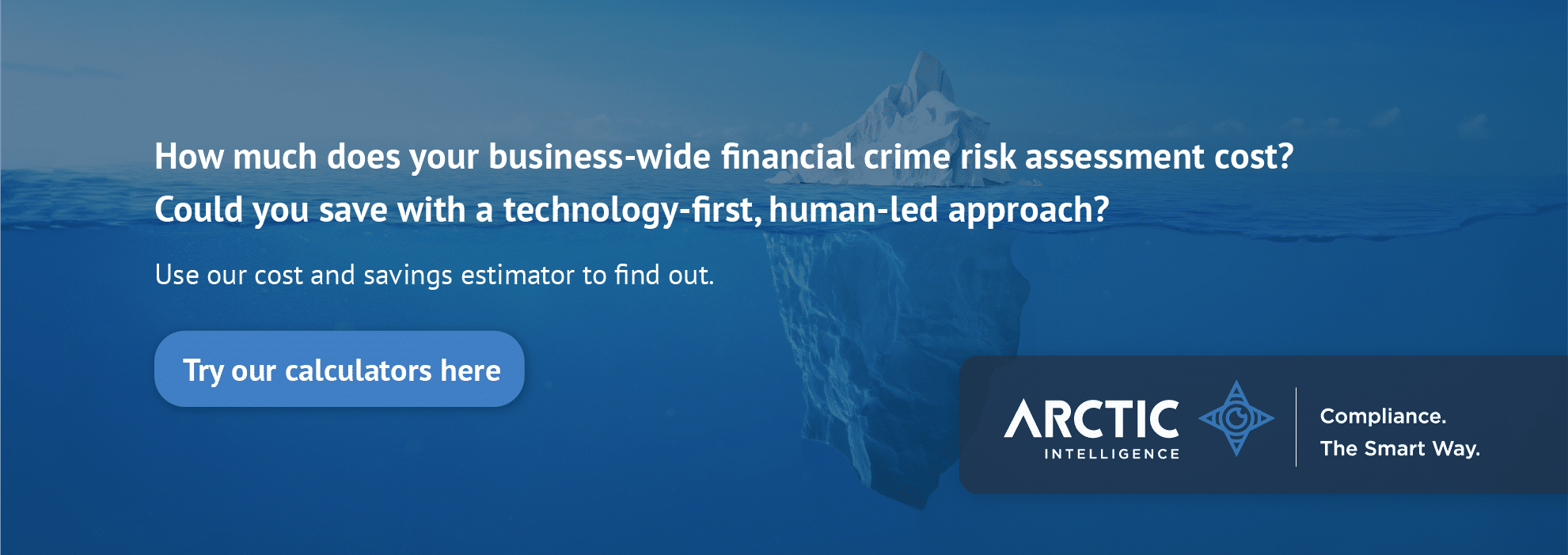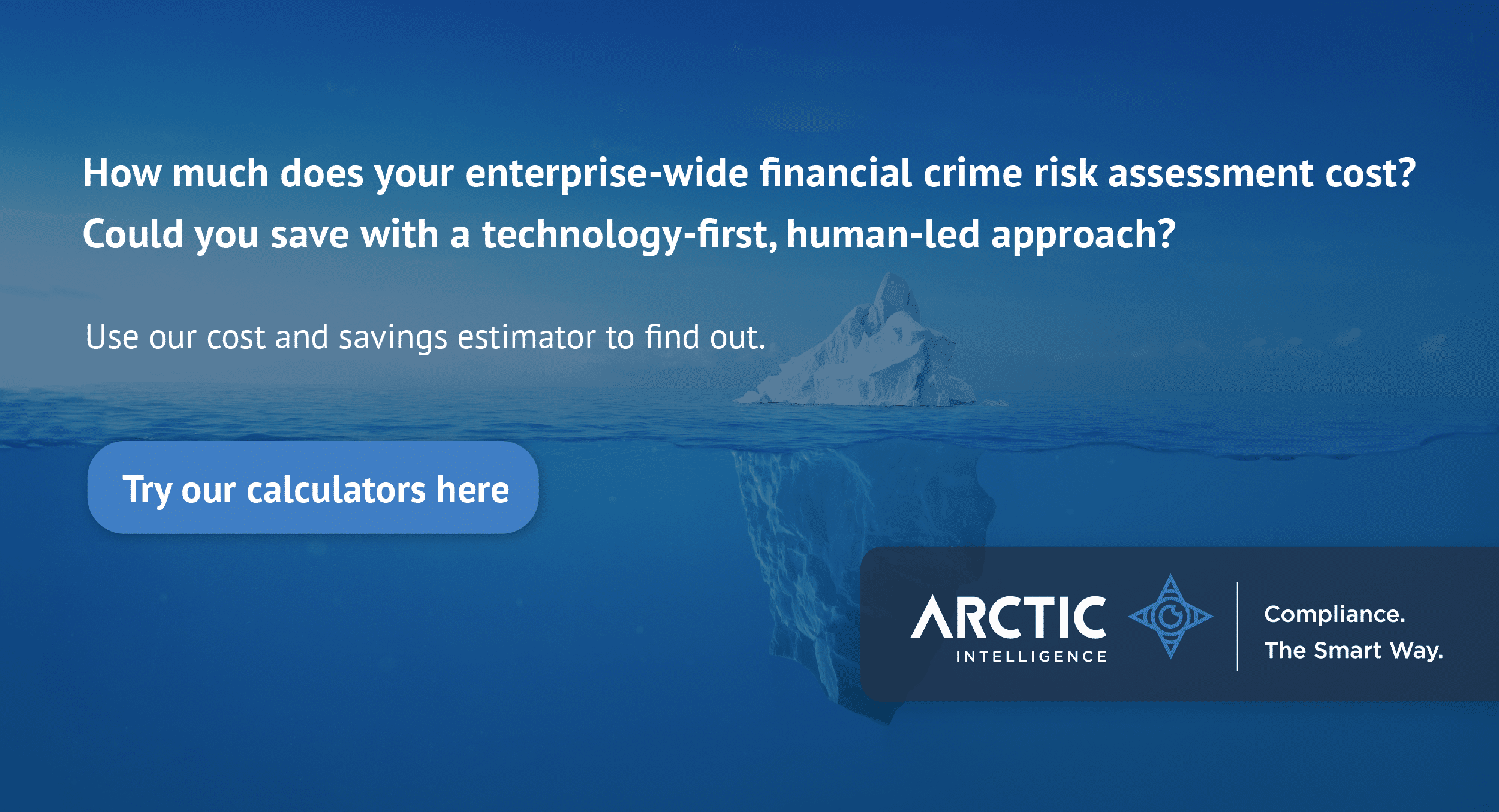
Independent reviews are a pillar of a strong, risk-based AML/CFT and Sanctions Compliance compliance program. They offer an impartial evaluation, pinpointing areas for improvement and ensuring a financial institution’s program effectively mitigates risks. However, if these reviews become checklist exercises focused on appearances rather than true effectiveness, they can create a dangerous illusion. This “form over substance” trap leaves financial institutions vulnerable by overlooking critical weaknesses.
Below are key indicators that an organization might be falling into this trap:
1. Ignoring the Risk Landscape: A One-Size-Fits-All Trap
Independent reviews designed as a generic one-size-fits-all solution can fall into the “form over substance” trap. These reviews fail to consider the unique risk profile of the institution, including its size, complexity, operational context, reliance on third parties, and group structure. This lack of customization can lead to missed red flags.
For example, imagine a money transmitter company that operates as part of a larger group with common ownership. A generic review focused solely on the individual entity might overlook potential risks associated with the group structure. For example, liabilities to affiliated companies are recorded on the company’s balance sheet but the corresponding receivable is not recorded in the respective affiliates’ balance sheets. Such scenarios could potentially indicate a failure in accounting controls or intentional wrongdoing.
2. Checklist Mentality: Missing the Forest for the Trees
While checklists can be a helpful starting point, over-reliance on them in independent reviews creates a “form over substance” trap. These reviews become exercises in checking boxes, focusing solely on the existence of policies, procedures, and controls, rather than their effectiveness in mitigating actual risks. Imagine a scenario where a reviewer simply verifies that a transaction monitoring system is in place and has a list of rules configured. They might not delve deeper to assess if the rules are risk-based and identify the specific typologies relevant to the institution or test to determine whether the rules are adequately tuned. Additionally, the reviewer might not test the effectiveness of the system in identifying suspicious activity or evaluate how well alerts are investigated and resolved. This checklist approach overlooks potential weaknesses in the system’s design and implementation, leaving the institution exposed to undetected suspicious activity.
3. Skimming the Surface: The Perils of Shallow Testing
Effective independent reviews go beyond simply verifying the existence of policies and procedures. They delve into the operational details and critically evaluate the effectiveness of controls in practice. This is where the “form over substance” trap can lurk. Imagine a scenario where a reviewer simply confirms a transaction monitoring system is operational. However, the review doesn’t assess the system’s configuration, such as the thresholds for triggering alerts or the rules designed to identify suspicious activity relevant to the institution’s risk profile. The reviewer also doesn’t test the system’s effectiveness in detecting suspicious transactions or how well alerts are investigated and resolved. This superficial approach leaves the institution vulnerable. A system that is poorly configured by the compliance and IT teams might miss red flags entirely, exposing the institution to undetected money laundering or other illicit activity.
4. Blind Spots and Biases: The Risks of Unqualified Reviewers
Independent reviews are only as effective as the reviewers themselves. Reviewers lacking deep BSA/AML and OFAC expertise, or those with potential conflicts of interest, create blind spots and undermine the value of the review. Imagine a scenario where reviewers simply rubber-stamp documents without critically assessing the program’s risk-based design. They might not conduct rigorous testing of controls or challenge assumptions made by the institution. This superficial approach leaves the institution exposed. Significant gaps in the compliance program could go undetected, potentially leading to vulnerabilities for fraud, money laundering, and terrorist financing.
5. All Talk, No Action: The Pitfall of Unimplemented Recommendations
Independent reviews are valuable tools, but their effectiveness hinges on what happens after the review is complete. Reviews that identify issues but lack actionable recommendations, or fail to assess the institution’s culture of compliance and governance practices, fall into the “form over substance” trap. Imagine a scenario where a review highlights deficiencies in the compliance program, but doesn’t provide a clear roadmap for addressing them. The review also doesn’t evaluate the institution’s culture of compliance or its governance practices related to issue remediation. This superficial approach leaves the institution vulnerable. Without a plan for improvement, identified risks might not be effectively addressed. This could lead to a Board of Directors lacking complete awareness of potential issues, resulting in ineffective oversight and potential regulatory action, reputational damage, or even exploitation for money laundering or other illicit activities.
6. Regulatory Minimums Versus Risk-Based Controls
Independent reviews are not just a regulatory hurdle to jump over. Viewing them solely as a box-ticking exercise to meet minimum requirements falls into the “form over substance” trap. True compliance goes beyond meeting the bare minimum; it’s about proactively managing risks and strengthening your program’s effectiveness based on your specific risk profile.
Consider a money transmitter company specializing in sending funds to a high-risk jurisdiction. If their customer identity verification procedures only meet the minimum “$3,000 Travel Rule” threshold, they’re missing the bigger picture. This approach leaves them vulnerable to involvement in illicit activities like terrorist financing or human trafficking. In some cases, conducting a separate, more rigorous gap analysis and testing between independent reviews can be a wise investment. This can be particularly valuable if concerns exist about the depth of a previous review or if regulatory examiners have identified a higher-than-expected number of issues.
7. Stuck in the Past: Failing to Address Evolving Threats
Effective BSA/AML and OFAC compliance is an ongoing process, not a static one. Reviews that fail to consider the changing landscape of financial crime fall into the “form over substance” trap. This includes new typologies used by criminals, evolving industry practices, and updates in regulatory expectations. Consider the recent rise of cryptocurrency and its use in money laundering schemes. A review that is not adapted to new money transmittal business models, new features, technologies, products and services, geographic footprint and variety of consumer and focuses solely on traditional payment methods or misses consideration of evolving cryptocurrency fraud typologies might easily miss crucial red flags associated with suspicious cryptocurrency transactions.
The Road to Truly Effective, Risk Based Compliance
Effective independent reviews are a Pillar of a robust BSA/AML and OFAC compliance program. By avoiding the “form over substance” trap, institutions can leverage these reviews to gain valuable insights, strengthen their risk management strategies, and ultimately, achieve a true culture of compliance. Remember, independent reviews are not a one-time fix; they are a critical component of an ongoing process to proactively identify and address evolving threats in the ever-changing financial crime landscape. By prioritizing a comprehensive and risk-based approach to independent reviews, financial institutions can ensure they are well-equipped to mitigate risks, protect their reputation, and remain compliant with regulations.
Partnering for Success
Arctic Intelligence provides cutting-edge technology that empowers financial institutions to conduct effective and efficient risk assessments. Their platform streamlines processes, supports compliance with regulatory requirements, and enables ongoing risk management. MSB Compliance Inc. is proud to partner with Arctic Intelligence to bring this innovative solution to the U.S. MSB and fintech market.
Together, we are committed to helping financial institutions build a strong foundation for success – a foundation built on effective risk assessment and driven by an unwavering commitment to compliance.
Disclaimer:
This blog post is intended for informational purposes only and does not constitute legal, accounting, or professional services advice. Our team of professionals with expertise in BSA/AML and OFAC compliance uses AI tools like ChatGPT to support our writing process in different ways. Sometimes, AI is used to improve upon a draft we’ve written, while other times, it’s employed to synthesize and combine information from reputable sources, such as FinCEN, FFIEC, CFPB, FATF, and state regulatory bodies, around a concept or idea. In both cases, the final content is shaped and validated by professionals to ensure accuracy, clarity, and alignment with compliance standards. However, since each institution’s compliance needs are unique, we recommend seeking advice from qualified experts in legal, accounting, or compliance consulting. The effectiveness of the strategies and practices discussed depends on your institution’s specific risk profile and tolerance, so customization is advised.



